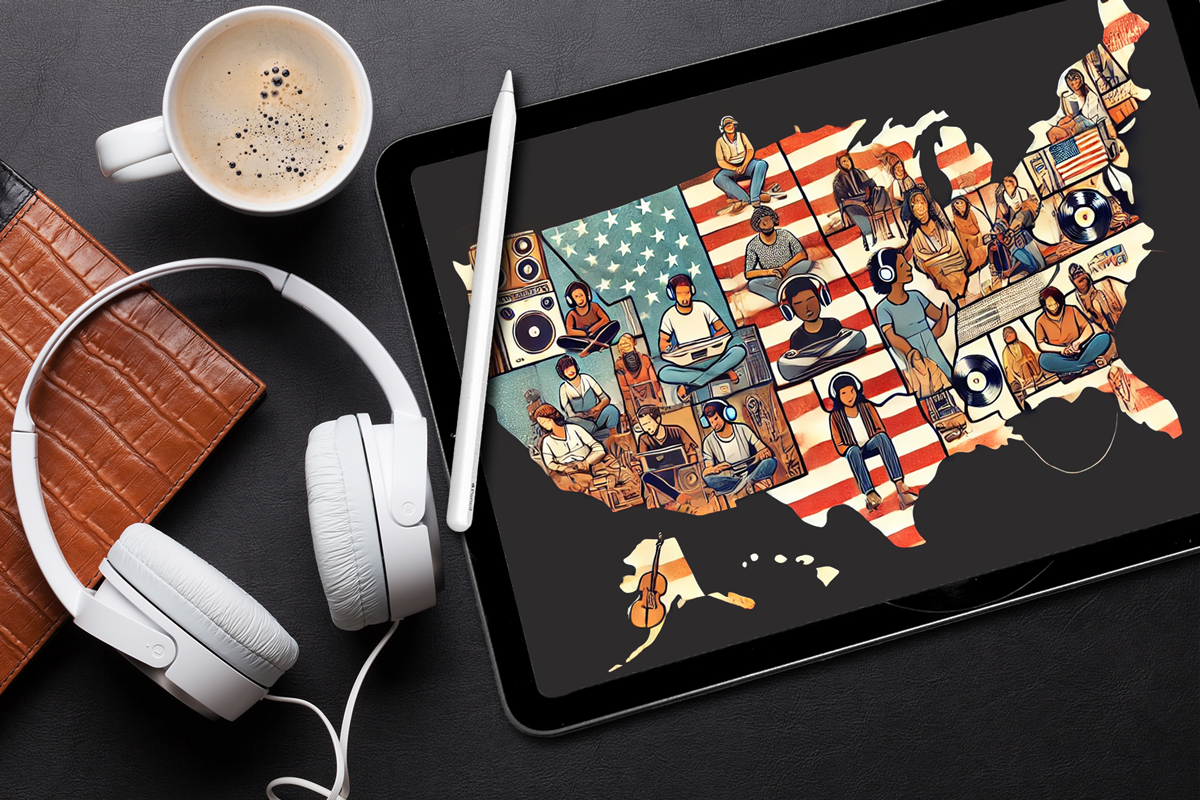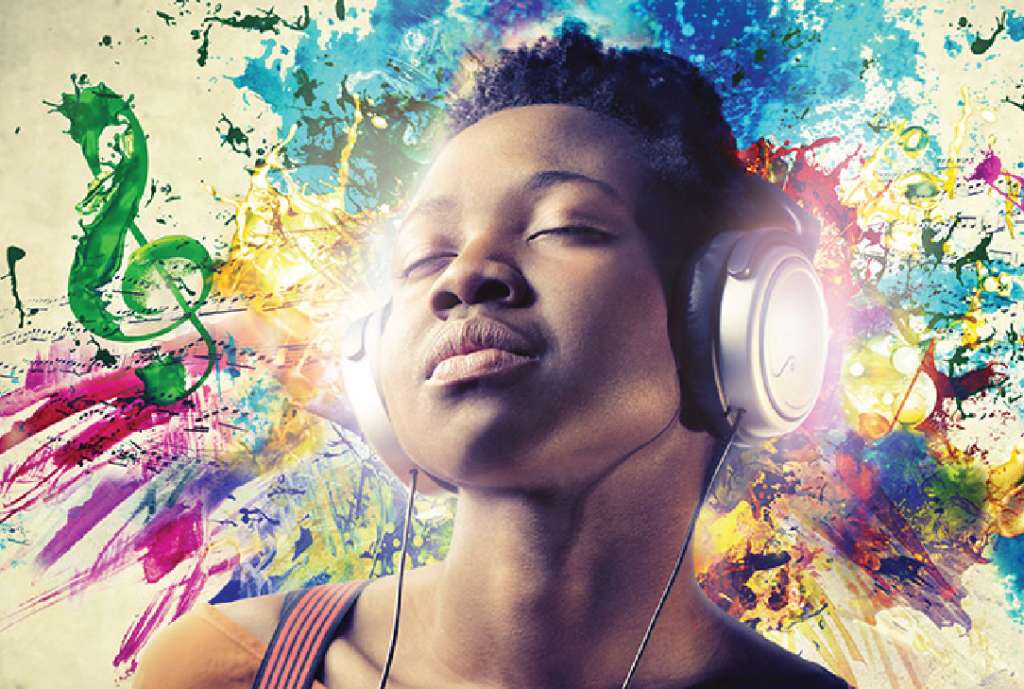2025 Blues Music Awards
We’re fired up to celebrate our incredible artist partners who are nominated for the 2025 Blues Music Awards! 🎶🏆Blues music may be timeless, but...
3 min read
Justin Mink : February 19, 2015

With millennials poised to overtake Boomers as the nation’s largest living generation, the discussion around how to market to this demographic has reached a fever pitch. Having grown up social and interactive, millennials are a slippery bunch; skeptical of, and prone to ignore, traditional one-way ad messages. Unfortunately, many marketers still craft digital messaging through the myopic lens of offline media (one-way, product-centric). To make matters more challenging, big-brand marketers must now navigate through outdated organizational structures (offline media, digital media & ecommerce, content & social, events & sponsorship teams – all siloed apart from one another) and allocate budgets still earmarked towards outmoded marketing channels. So why is the message lagging behind the medium, and how can brand marketers adapt and evolve to meet the demands of a millennial world?
The rise of search and display that took shape in the early 2000s precipitated massive shifts in the allocation of brand media dollars. As veteran digital marketers, most of the team here at MAX experienced this shift first-hand. Early adopters of the prevailing digital marketing channels (paid search, SEO and display banner ads) reaped massive rewards thanks to a space with relatively little competition. Great for the first movers, but successful practices don’t stay a secret for long. Today, search and display have become highly programmable and commoditized. In a cluttered space where every brand worth its salt has a sophisticated search and display program, marketers now spend much of their time (and money) scrapping for share and squeezing out efficiencies to win incremental clicks that are increasingly meaningless.
Today a handful of brands are realizing that the only way to differentiate is to speak with a true and authentic voice. These brands marry the message with the medium by creating conversations with customers around shared values and passion-points, telling interactive stories to drive meaningful engagement. Brands like Toms, Whole Foods, Chipotle, and Red Bull are household names in large part because they serve as mirrors that reflect the values of their customers. Toms holds a global event like One Day Without Shoes to raise awareness for children’s health and education. Chipotle tours the country teaching people about sustainable farming with the Cultivate Festival. Red Bull creates a whole new “sport” called Flugtag. Instead of getting lost in the crowd with the old product features-and-benefits ad messaging, these brands articulate aspirational ideals that are at the essence of their products, and that make those customers who engage feel better about themselves. While broadly product related, these stories elevate a conversation about what the brands stand for and how the they should make you feel about yourself and the world around you. When brands express their values on an emotional level, these stories naturally spread across offline and online channels.
One interesting way we’ve seen brands appropriate ready-made, powerful content (that can be readily purposed for digital) is by aligning with the arts. Not only do artists produce and own the world’s most emotionally evocative content, they are open to partnering with brands - as long as there is value alignment. A great example is Target’s recent partnership with Imagine Dragons. Target and Imagine Dragons share a similar brand ethos – accessible but edgy - on the fringes of the mainstream. Both thrive by tapping in to the purchasing powers of millennials, who shop at Target and buy tickets to Imagine Dragons shows. Because of this value alignment, the partnership rings true with their shared target audience. Target gets exclusive content (bonus tracks only available on Imagine Dragons albums sold from Target) and a highly influential tastemaker serving as brand ambassador; in exchange, Imagine Dragons gets heavily promoted by Target (including a paid-for commercial break during the Grammys featuring an entire Imagine Dragons music video). This is a case of 1+1 equaling 3, with two naturally aligned parties contributing something of value to one another far more meaningful than a pay-for-ambassadorship arrangement.
You’re probably thinking that very few brands have the resources to pull off these kind of marketing initiatives. Unlike paid search and display, there are no platforms to automate, scale, and measure content and experiential marketing efforts. Creating authentic content, deploying branded events, digitizing content and integrating channels – all of this is labor-intensive, expensive, and difficult to quantify and accurately attribute; in other words, it’s hard. Target has the first part of the equation down: authentically partnering with content creators (and purposing content) via a real value exchange. For brands not named Target, platforms that can amplify and automate the expression of an authentic brand voice are required. Over the course of the last 15 years, we’ve seen brands leverage emerging mediums and technology to help communicate traditional one-way, product-centric messages. Today, the messaging itself is undergoing a seismic shift not seen since the days of Mad Men. Starting now, marketers must seek out platforms that bring to bear the scale and automation of last-gen tech, leveraged today to amplify a brand’s authentic voice.

We’re fired up to celebrate our incredible artist partners who are nominated for the 2025 Blues Music Awards! 🎶🏆Blues music may be timeless, but...

It’s a common question: what drives the cost of an artist partnership up (or down)? I mean, an artist’s fee can range from four to seven figures…and...

Let’s talk about something every brand needs to prioritize in 2025—relevance. You can have the best product, the most brilliant creative, or even a...

Note: this article was originally published via ANA. For musicians, technology is a double-edged sword. Today, every musician has access on a...

If you caught the Grammys last night, you couldn’t have missed Target’s Imagine Dragons concert spot. The big-box retailer ponied up what is...

Having closely followed the monumental shifts in the music, media and marketing industries over the last few years, there's no doubt that 2018 will...